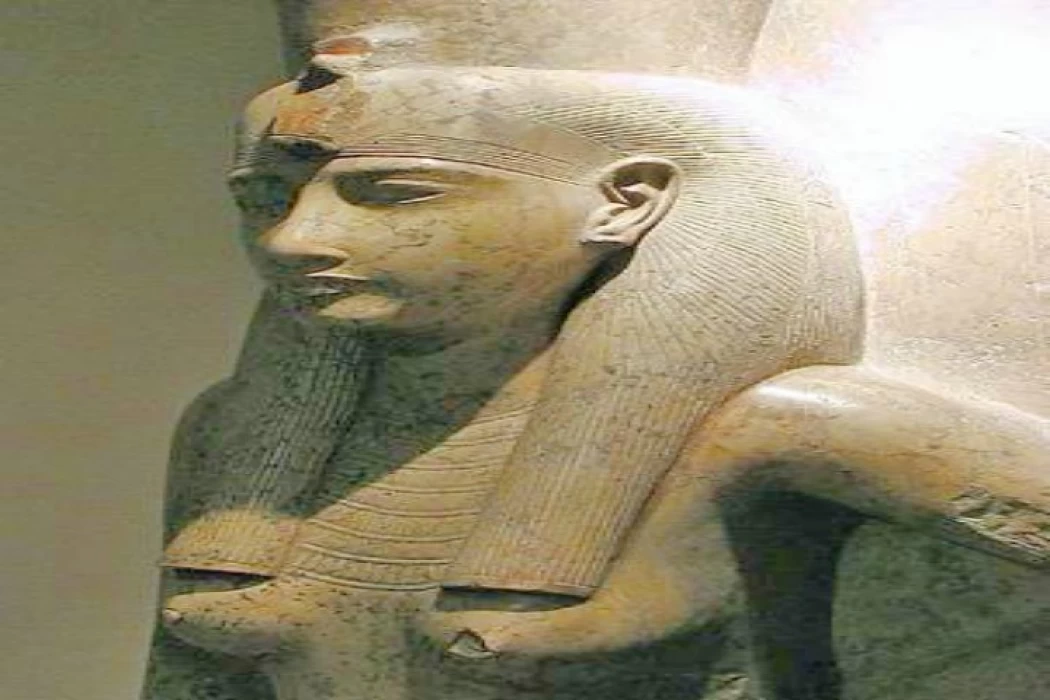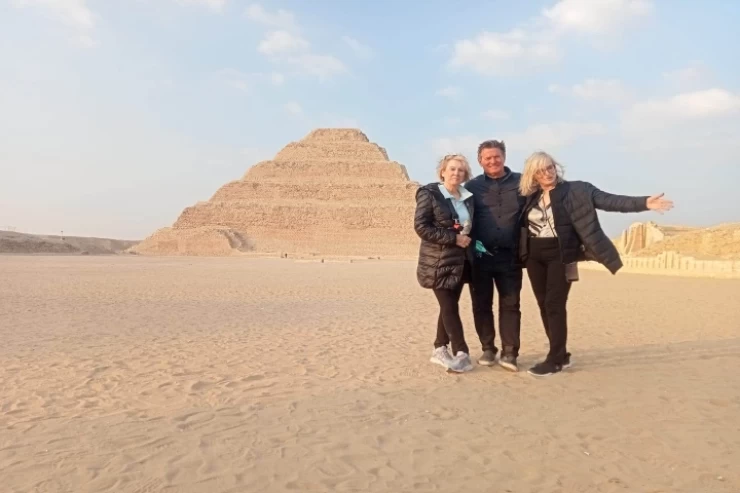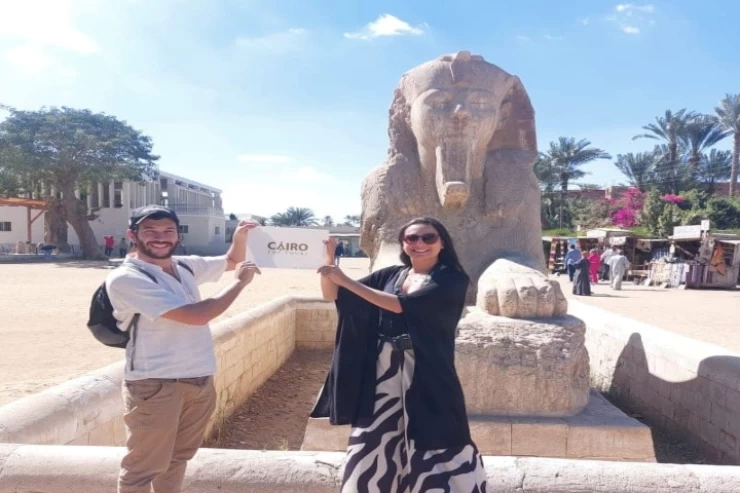
Goddess Mut | Deusa do Céu egípcia
Goddess Mut
Mut, a deusa do céu que tinha como marido o deus do vento Amun, devido ao seu nome ser conhecido como a mãe de toda a criação, ela e o seu marido foram idolatrados em Tebas, representados com uma coroa dupla e um ornamento em forma de abutre em cima, foi visto a usar um fato azul ou vermelho brilhante e nas suas mãos trazia um papiro e o ankh que era a chave para a vida.
Deusa do Céu egípcia
Foi também reconhecida como mãe mundial, olho de Rá, e dama do céu, também a representaram através de hieróglifos como um abutre por ser considerado um animal materno.
Esta divindade era mostrada com asas por ser a divindade do firmamento entre todos os deuses egípcios, ela era também frequentemente vista como uma vaca atrás do marido ou como uma leoa por ser uma guerreira.
Os seus filhos eram deuses Mantu da guerra e Khonsu da lua, devido ao aparecimento deste último foi dito que ela estava entre o sol e a lua que formava a tríade Theban.
Desta forma, o sol era representado pelo seu marido Amun-Ra e o deus da lua Khonsu, razão pela qual Mut simboliza o terceiro olho que revela a superioridade universal que cooperou na inundação do Nilo.
Esta deusa foi solicitada no livro dos mortos para evitar que uma múmia apodrecesse, foram ditas algumas palavras segurando uma imagem dela que tinha 3 cabeças: a primeira era a cabeça da deusa Pajet, "uma divindade egípcia menor, do tempo do Reino do Meio" com duas penas, depois era uma cabeça humana com duas coroas e finalmente uma cabeça de abutre com duas penas.
Ela também tinha um templo no reino de Amun, perto do Templo de Karnak, onde se via um lago em forma de lua crescente onde o veneravam na sua forma felina.
Gostaria de viver uma viagem através da antiga cultura egípcia e da mitologia? pode fazê-lo acontecer e passar um dia visitando Abydos, Giza, Luxor, Assuão para ver os túmulos dos faraós adornados com cenas muito claras, detalhadas e belamente pintadas das várias divindades do antigo Egipto, bem como muitos outros locais, cidades, aventuras e coisas para fazer no Cairo, pode tentar reservar um dos nossos pacotes de viagens ao Egito e muitos grupos privados de excursões guiadas de um dia no Cairo a partir do aeroporto e de um dia no Egipto para explorar a capital do Egipto, Cairo pode verificar muitos dos itinerários do Egipto ou fazer uma das nossas excursões de um dia inteiro no Cairo, como por exemplo:
Goddess Mut
Mut, the goddess of heaven who had the wind god Amun as her husband, due to her name is known as the mother of all creation, she and her husband were idolized in Thebes, represented with a double crown and an ornament in the form of a vulture on top of it, he was seen wearing a bright blue or red suit and in his hands, he carried a papyrus and the ankh that was the key to life.
She was also recognized as a world mother, eye of Ra, and lady of heaven, they also represented her through hieroglyphs as a vulture for being considered maternal animals.
This divinity was shown with wings for being the deity of the firmament among all the Egyptian gods, she was also frequently seen as a cow behind her husband or as a lioness for being a warrior.
Mout (or Mut), whose name means “mother,” symbolizes maternal values and is one of the oldest deities in the Egyptian pantheon. She is also a dangerous goddess when she takes the form of the “Distant Goddess” (Hathor), assimilated to Sekhmet. She was adopted by the Greeks as the goddess Hera, Zeus's wife, during the Hellenistic Period (305–30). Mother of the World, Eye of Ra, Queen of Goddesses, Lady of the Sky, and Mother of the Gods were some of her titles.
Her place of worship was Isheru, a village south of Karnak. She is venerated there, in her sanctuary located south of the Temple of Amun, called Hout-Mou, in the guise of Sekhmet, but more generally as a woman wearing a white crown or a vulture. Other shrines are attested in Bubastis, Hermonthis, Memphis, Tanis, Saïs, and in the oases of Kharga and Dakhla.
Egyptian Goddess of Heaven
In this way, the sun was represented by her husband Amun-Ra and the moon god Khonsu, which is why Mut symbolizes the third eye that reveals the universal superiority which cooperated in the flood of the Nile.
This goddess was requested in the Book of the Dead to prevent a mummy from rotting, a few words were said holding an image of her that had 3 heads: the first was the head of the goddess Pajet, ''a minor Egyptian deity, from the time of the Middle Kingdom'' with two feathers, then it was a human head with two crowns and finally a vulture head with two feathers.
She is associated with the Theban triad (Amon, Mut, and Khonsu), where she is both the wife, mother, and daughter of Amon and the mother of the moon god Khonsu... During the 18th Dynasty (1549-1295), her cult became important, replacing that of the goddess Amonet, wife of Amun, in Thebes. Having no children, she decided to adopt Montu, then Khonsu, as Montu declined the offer. She was between the sun (Amon-Re) and the moon (Khonsu) as the third eye, showing cosmic perfection and promoting the flooding of the Nile.
She is mentioned in the Book of the Dead as helping the deceased reach the afterlife and preventing them from decomposing. She appears on the walls of many temples alongside her husband Amun as “Mistress of the Nine Bows” (symbol of all the enemies of Egypt).
















